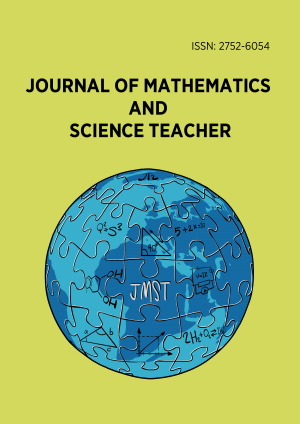Abstract
This article examines the impact of Nepali math teachers’ questioning methods on current classroom practices in mathematics pedagogy. In this collection of short stories, four high school math teachers of Kathmandu Valley, Nepal share their experiences. This investigation used a criterion-based selection strategy to select high school math teachers. This article aims to focus on the difficulties students face in the classroom using questioning techniques. Behaviorist, social constructivist, and constructivist theoretical frameworks are employed in this study. “How do high school math teachers describe their questioning techniques?” was the research question for this study. I listened to four math teachers’ perspectives to learn more about the power dynamics in the classroom, specifically who is valued and whose voice can be heard when students ask questions in the context of a narrative inquiry for meaning making. Most high school math teachers initially appear to conformists to perceived appropriate method of questioning but later become nonconformists, which is defined as being more adaptable in their questioning technique. Many high school math teachers also ask a wide range of questions, from simple to complex, in the belief that this encourages students to participate in the mathematical discussion.
License
This is an open access article distributed under the Creative Commons Attribution License which permits unrestricted use, distribution, and reproduction in any medium, provided the original work is properly cited.
Article Type: Research Article
Journal of Mathematics and Science Teacher, Volume 2, Issue 1, 2022, Article No: em009
https://doi.org/10.29333/mathsciteacher/12100
Publication date: 19 May 2022
Article Views: 2556
Article Downloads: 2205
Open Access References How to cite this article
 Full Text (PDF)
Full Text (PDF)